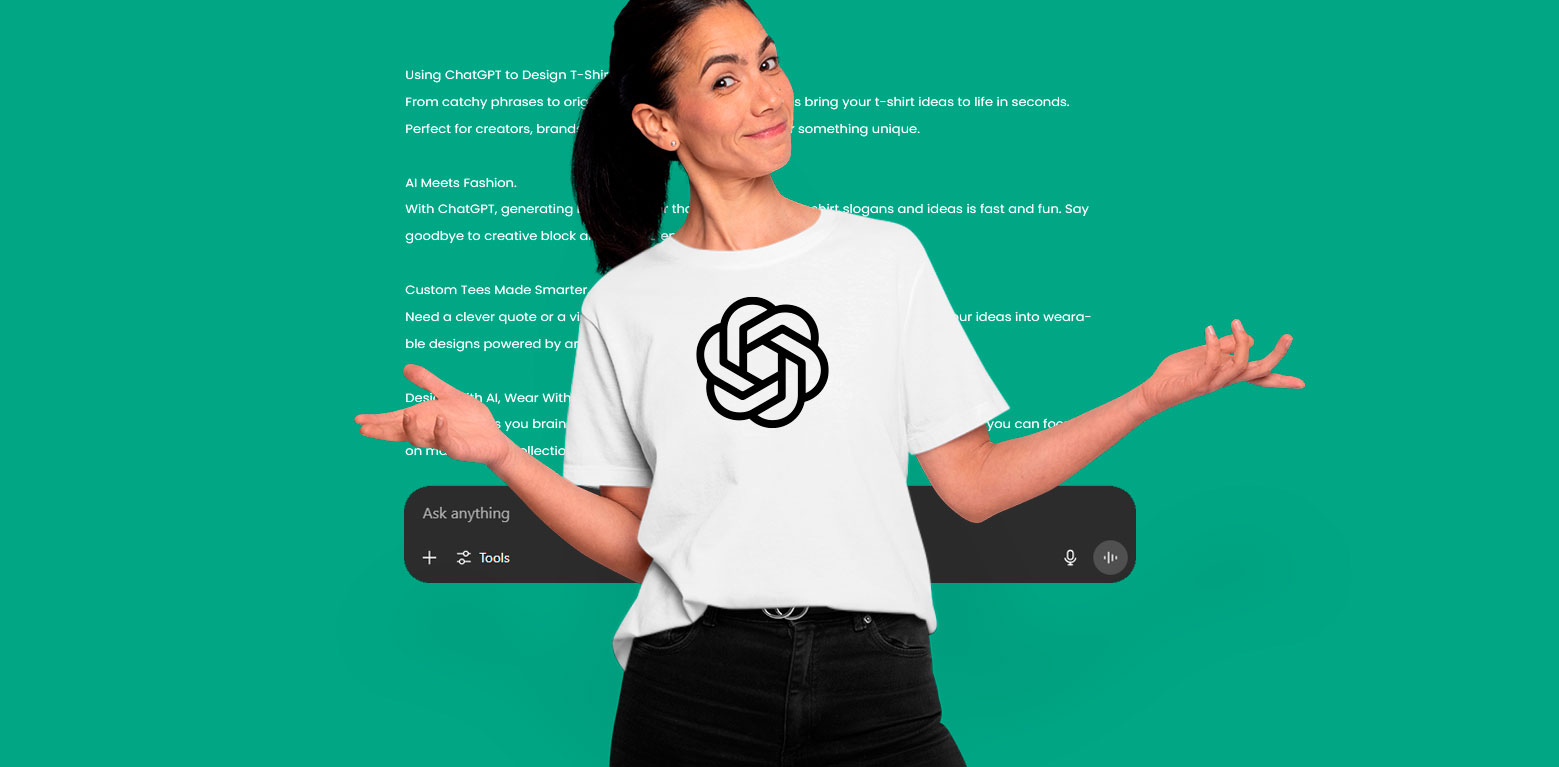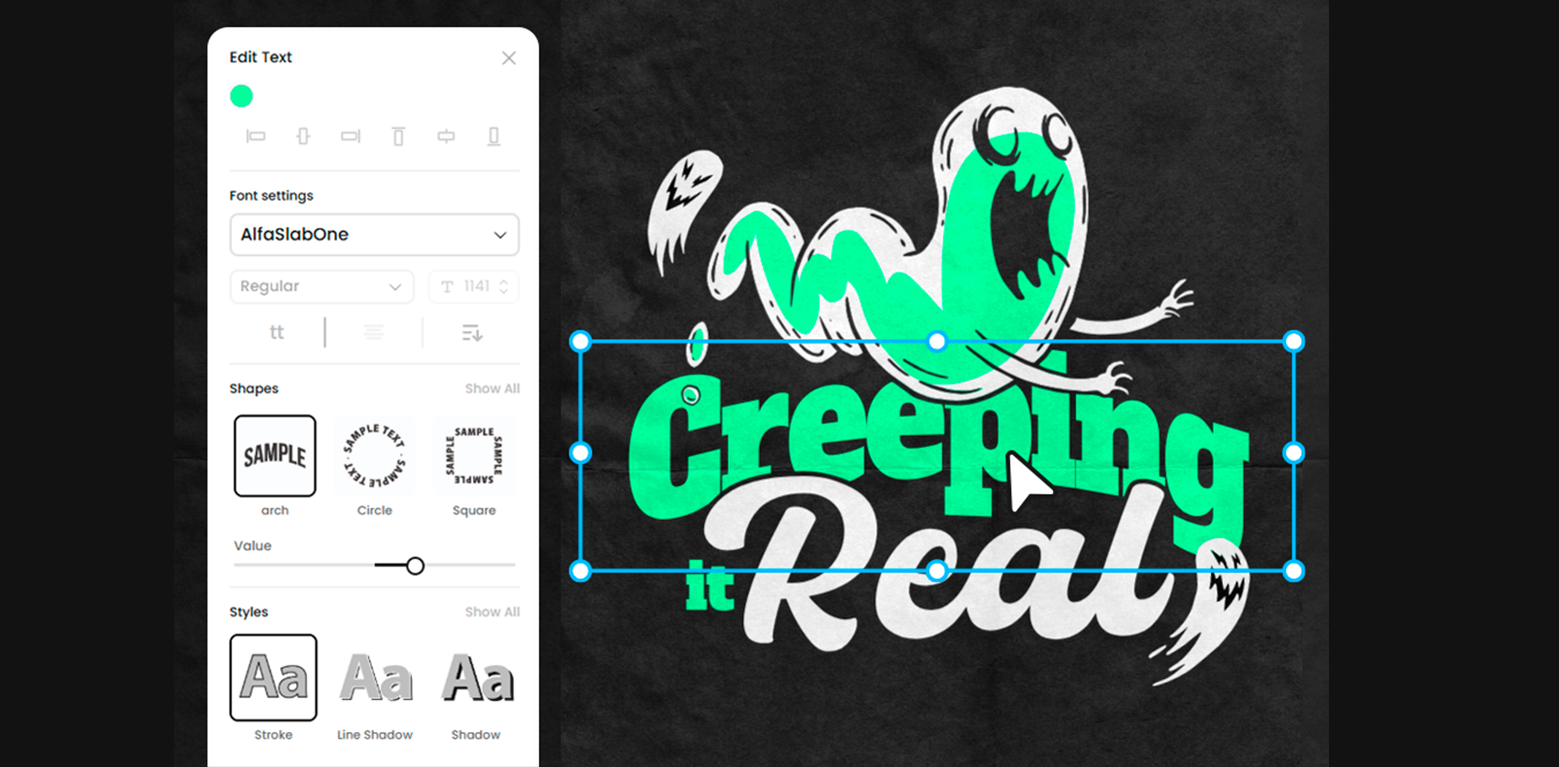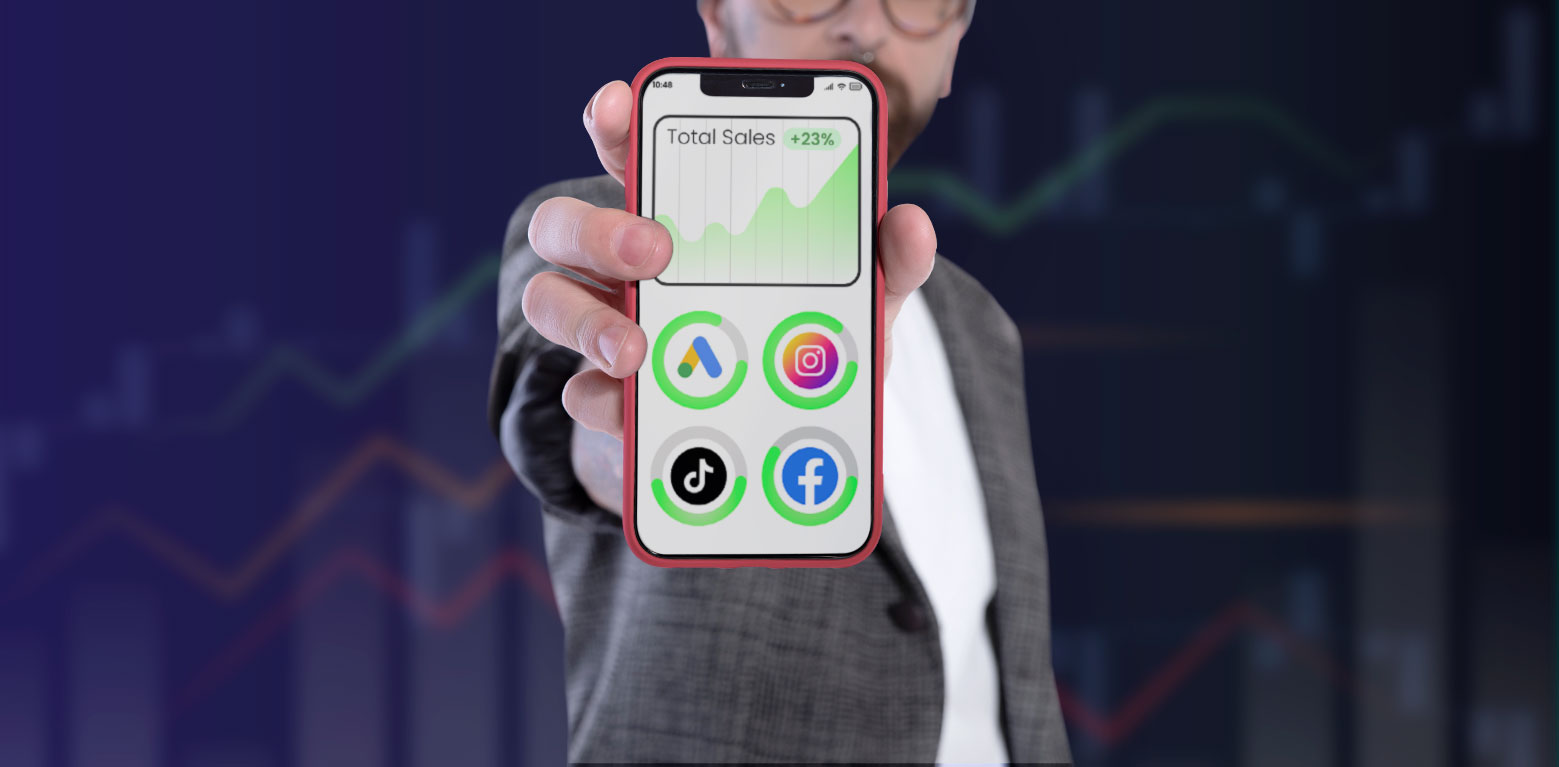
There is something about visuals that appeal to the senses more than a piece of written material. No matter how much important information is being discussed in any blog, readers will avoid it unless there is some interesting graphics to back up the information. These are not just baseless facts since there are a plethora of studies corroborating the importance of visuals in content marketing.
But visual content is more than just taking pictures off of Google Images and trying to overlap it with written content so that everything complements one another. It is more about working with a designer, going over various designs, and trying to work out a way to play with the viewers’ emotions. To novices, it may seem like an insurmountable task; however, with proper guidance, anything can be achieved easily.
Because of this, we have got famous visual designers to share their two cents so that everyone can understand the intricacies related to this subject!
1) Less Content, More Visuals
The visual design combined with content is the perfect method of delivering information. Playing with great designs can also make the piece memorable. However, many content creators have a hard time abiding by this advice.
Since they are creators and it is their job to hunt for the perfect content, they end up gathering a plethora of information which they try to fit into a single post. While there is nothing wrong with educating readers with useful material, too much of content combined with visuals can prove to be extremely distracting. This is exactly what you should not do!
“Visual design is all about communicating a concise, clear message and anyone can achieve this by sticking with a simple piece that is backed by strong visuals.” Says Jacob Cass (Graphic Designer at JustTM Creative)
We could not agree more with him because after all, a picture is worth a 1000 words! By limiting the quantity of the content and by incorporating such visuals that help the content in conveying the message, you are doing your audience a favor.

2) Never go with the Flow
When asked about the trends in the visual design industry, this is what Chris Do (Emmy award-winning designer at The Futur) had to say:
“I do not follow trends. To exist in the current time, all the designers must learn to adapt because the way people consume information changes up pretty quickly. This is why I am the least interested in what other designers are doing. I trust my gut and listen to what other people are saying. But at the end of the day, I do my own thing.”
The topic of trends is polarizing in nature; you are either following them or ignoring them. There is no middle ground. As a marketer, you can do your own thing; however, the problem with trends is that often marketers follow trends at the expense of their users’ experience. They want to stay updated with the design industry but at the same time, trends put a stop to what a designer can actually achieve in terms of creativity.
Following a trend means sticking with a particular kind of typography, color scheme, and the ways text is incorporated into the visual content. What should have been a unique visual project starts to morph into something that audiences have already seen hundreds of times.
Any visual content project needs to be unique in its own different ways and this is what makes them stand apart from the rest!

3) Stimulate the Senses
What other better way of stimulating the senses than telling a story through content and visual elements?! Rachel Gogel (Creative Director at The New York Time) puts it perfectly:
“Marketers need to figure out the kind of stories their consumers are looking for and then try to grab their attention by incorporating such visual content that meets or exceeds their expectations.”
With so many competing content websites, it can be difficult to leave your mark. Even if you have successfully attracted the attention of a small group of your target audience, it can be hard to consistently keep them entertained for longer periods. Because of this, you need to depend on visuals as they are a powerful tool when it comes to influencing emotions and compelling individuals to come back for more.
4) Typography is the Star of the Show
Internet is littered with various weird, wacky typefaces. There are so many that an ordinary individual cannot tell the difference between them. However, a visual designer is blessed with the eyes to not only tell them apart but also rate them based on their usability in regards to any content project. After all, it is their job to be this efficient!
Typography is an art but mostly designers confuse it with prettiness. However, if it fails to serve the readers and the author, then what is the point of opting for typefaces in the first place? Paula Scher (Influential Graphic Designer from Pentagram) says on typography:
“Typography creates immense power. You are working with things that breathe life into projects. You are working with weight and height. Regardless of what font you are working with, it can instill a sense of spirit and sensibility even before you have read it! Take that and combine it with meaning, the result would be spectacular!”
You do not have to be an expert in visual designs to make sense of fonts and typefaces. Typography plays a massive role in delivering the message and because of this, marketers need to understand the kind of impact every color, font, and size can have on their projects.
If it is brash and loud, you may miss the mark. On the other hand, if it complements the overall theme of your marketing project, then you have mastered the art of typefaces! To help you get started, here a great book on typography for novices.

5) Page-Loading on Mobile
The best way to cater to the needs of mobile consumers is by providing them with a quick and fast experience. You can no longer get away with a slow-loading website for your mobile consumers and the biggest culprit that leads to such situations is non-optimized graphics and images! According to Cristina (Graphic Designer at Flipsnack) creating a mobile website that focuses on compressed and/or optimized images is extremely important. She says:
“Today’s consumers want to be cared for. So, it is extremely important that marketers listen to them and create personalized mobile experiences. It is crucial that marketers around the world successfully create a human experience inside a mobile.”
At this point, it does not matter what message you have created or how you have delivered it to the masses. The only thing that is crucial for marketers is that they employ practices that ensure a fast-loading experience for mobile users.
In addition, make sure that you are also implementing the same practices on your desktop website as well by creating and compressing visual elements accordingly.
Conclusion
Giving advice to content marketers who are new to this business can be a little tricky since the internet is filled with such bits of advice. However, if you would like to get some piece of useful information from someone who has been more involved in this arena, then perhaps you will be appreciative of the tips that we have shared from seasoned designers and creative personnel.
All of these tips discuss the basic requirements of great visual elements in content marketing campaigns. For experienced people, these tips may be obvious but for someone who has little to no experience, these tips will be worth it!
If you are opting for digital marketing services, you can still work with these tips by keeping the creative control with you.







